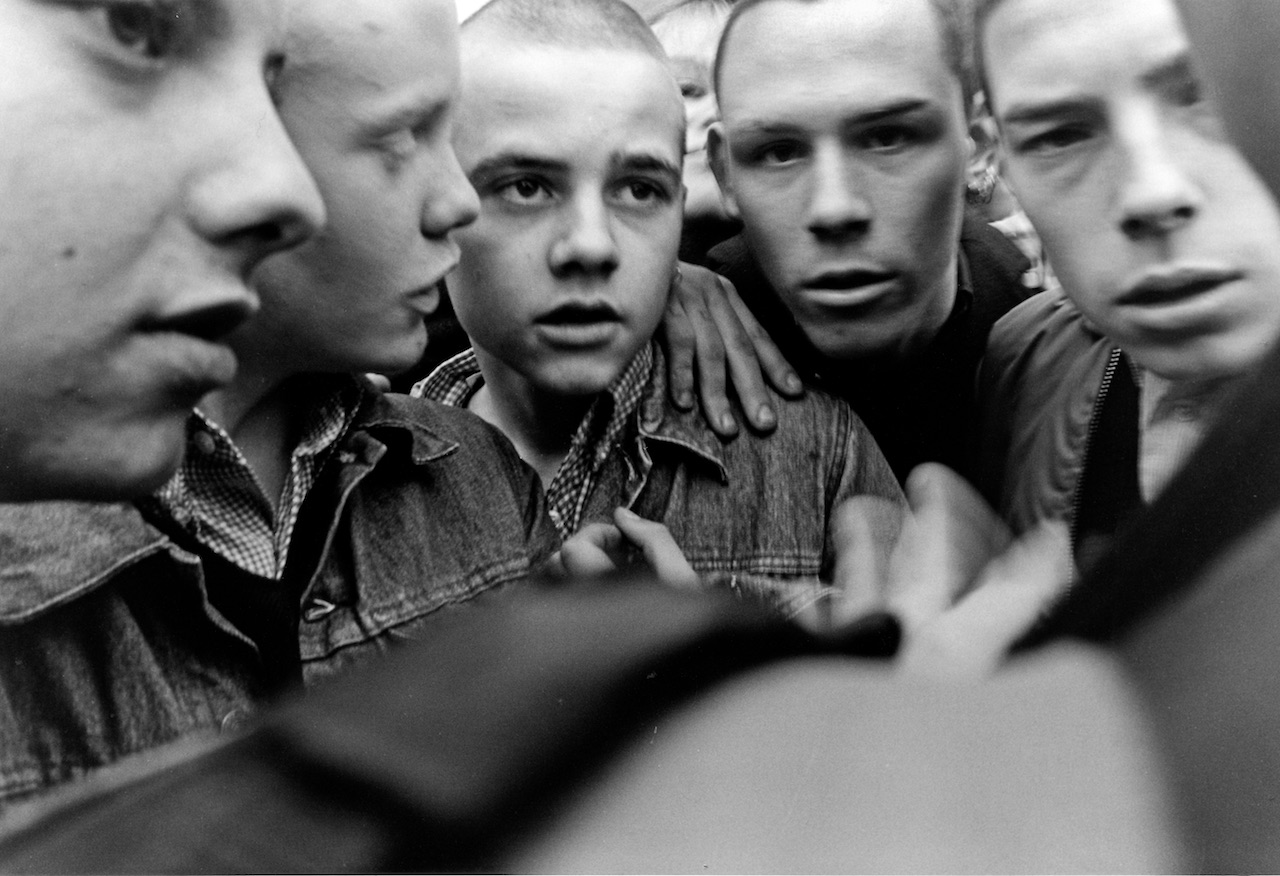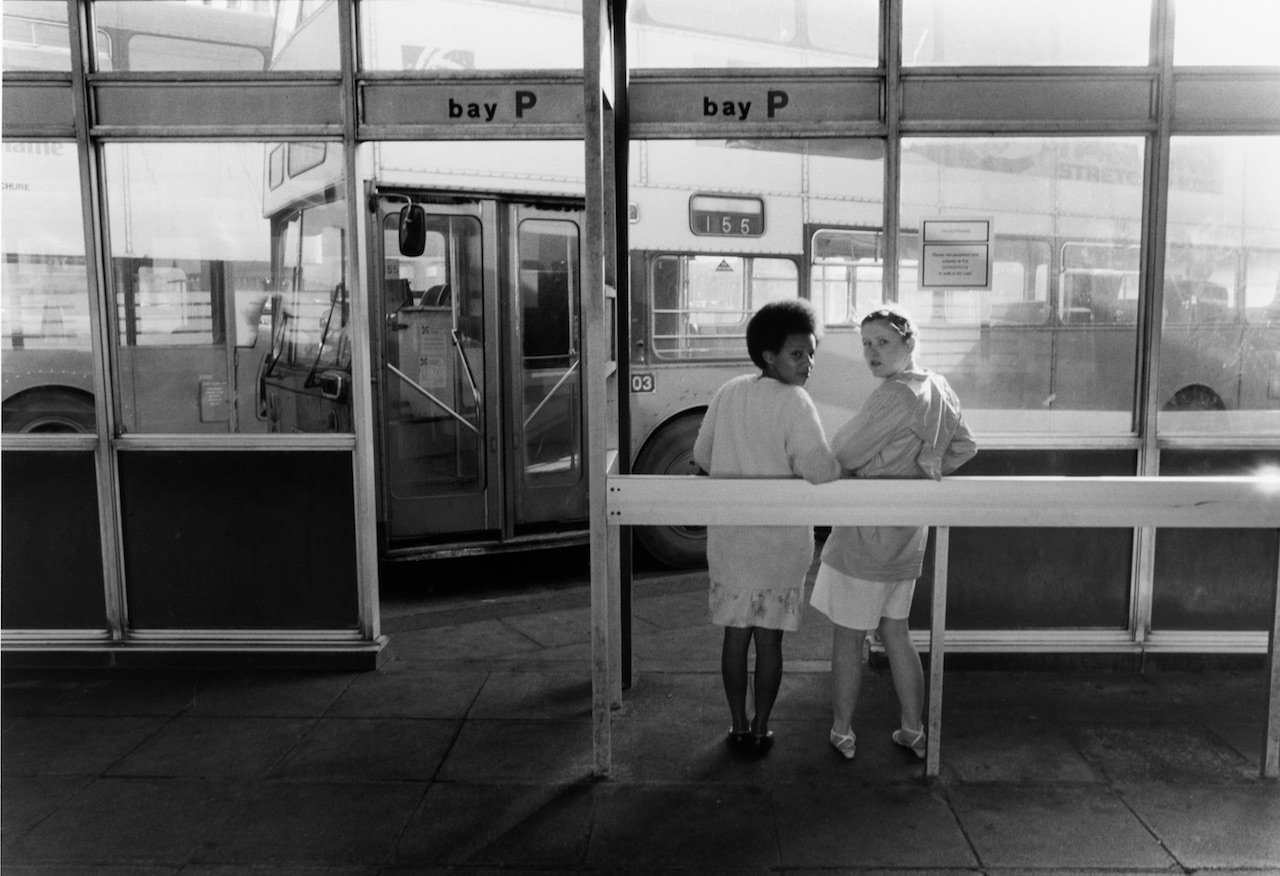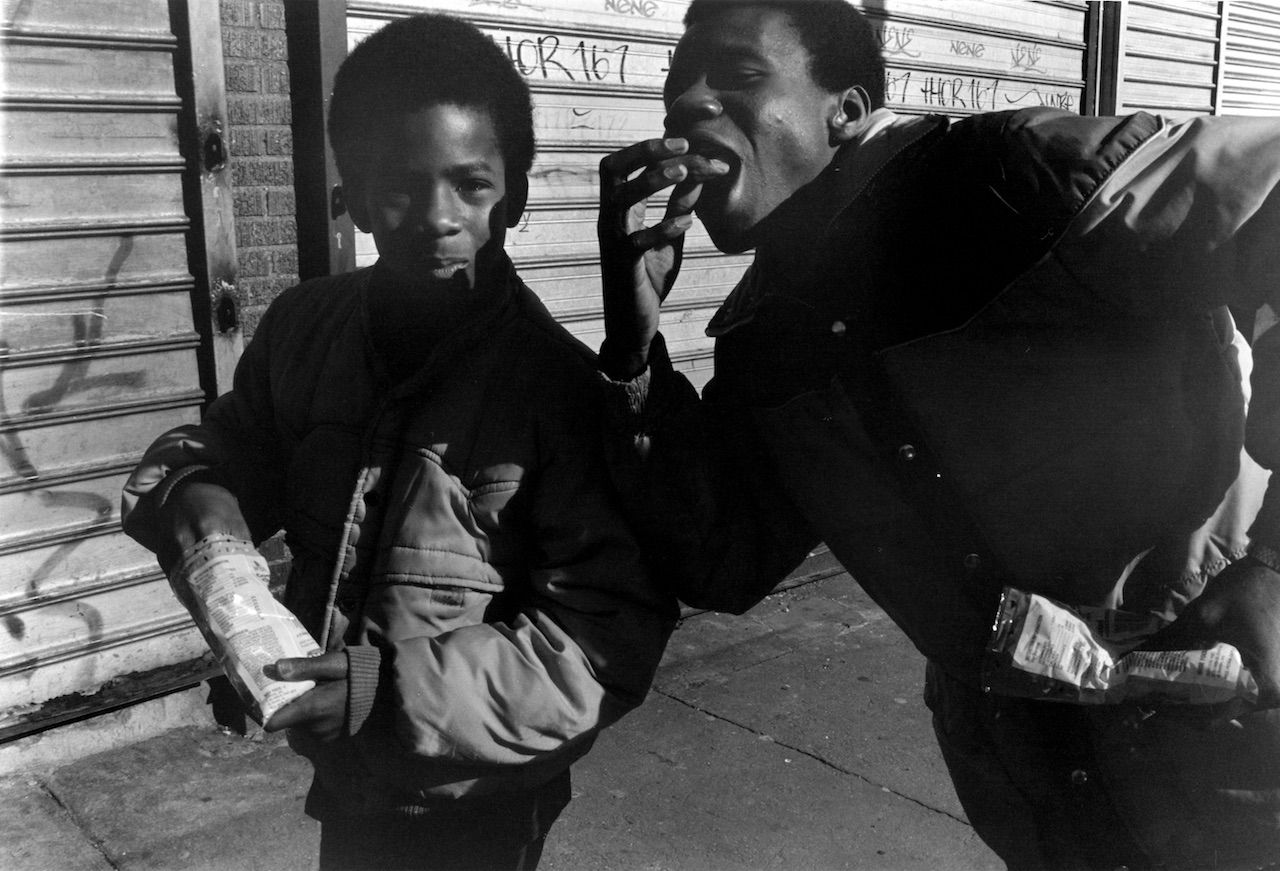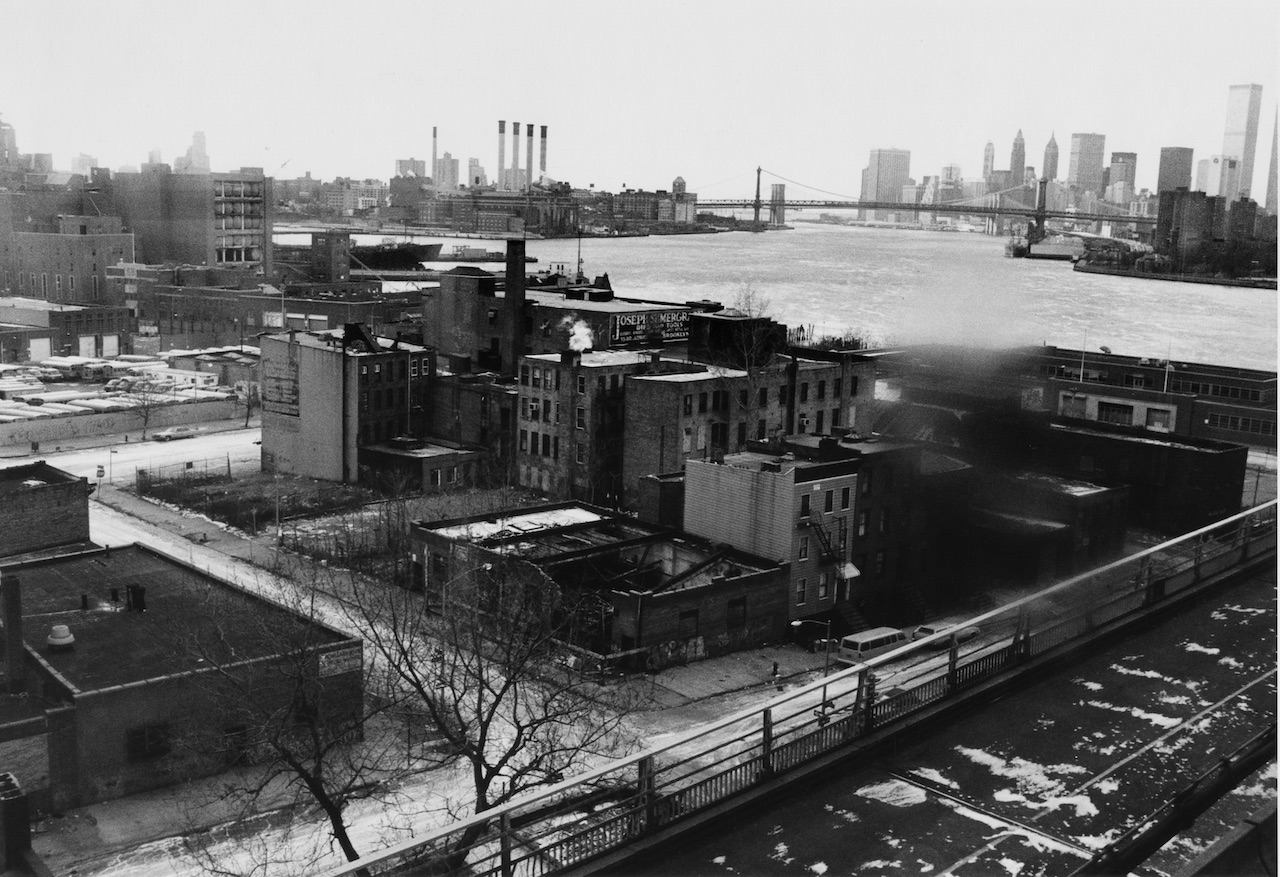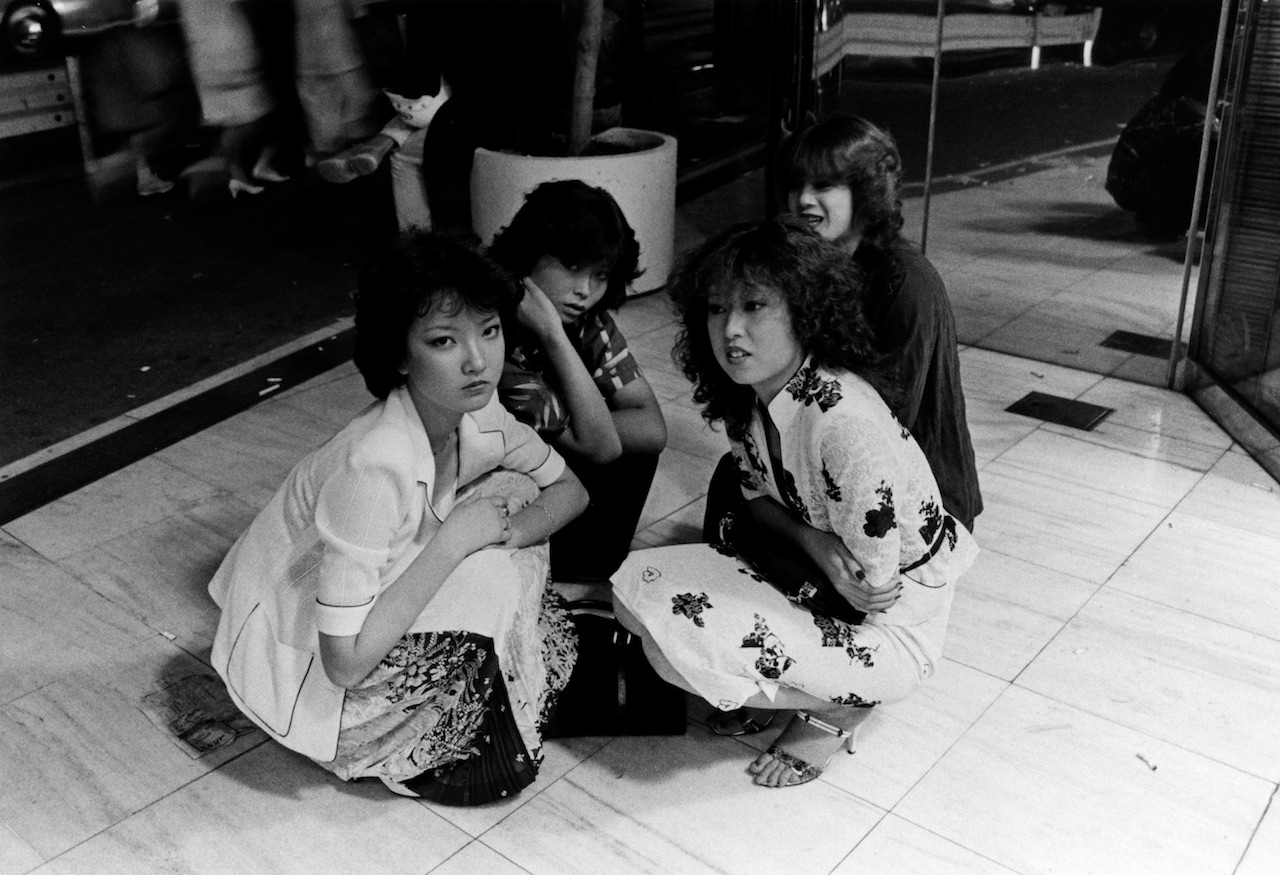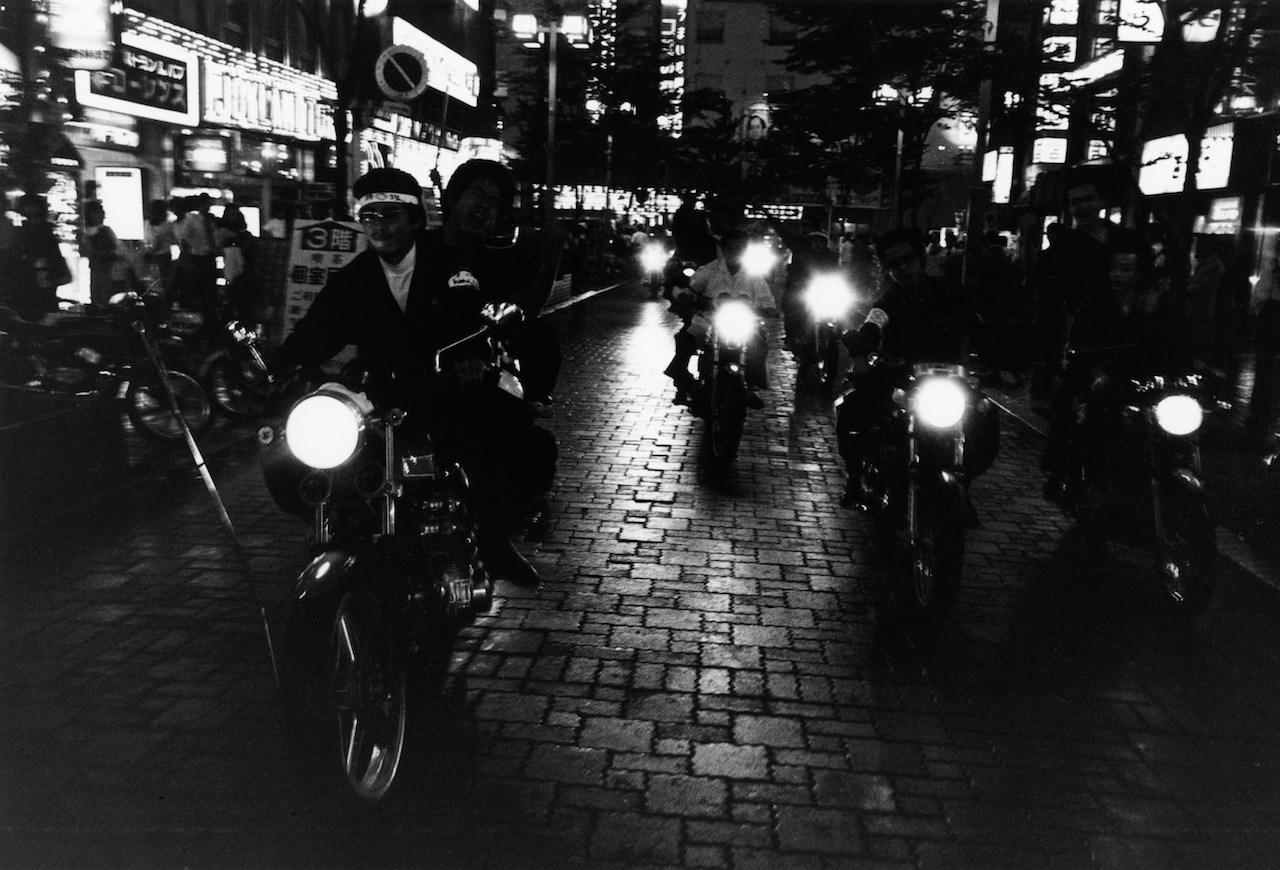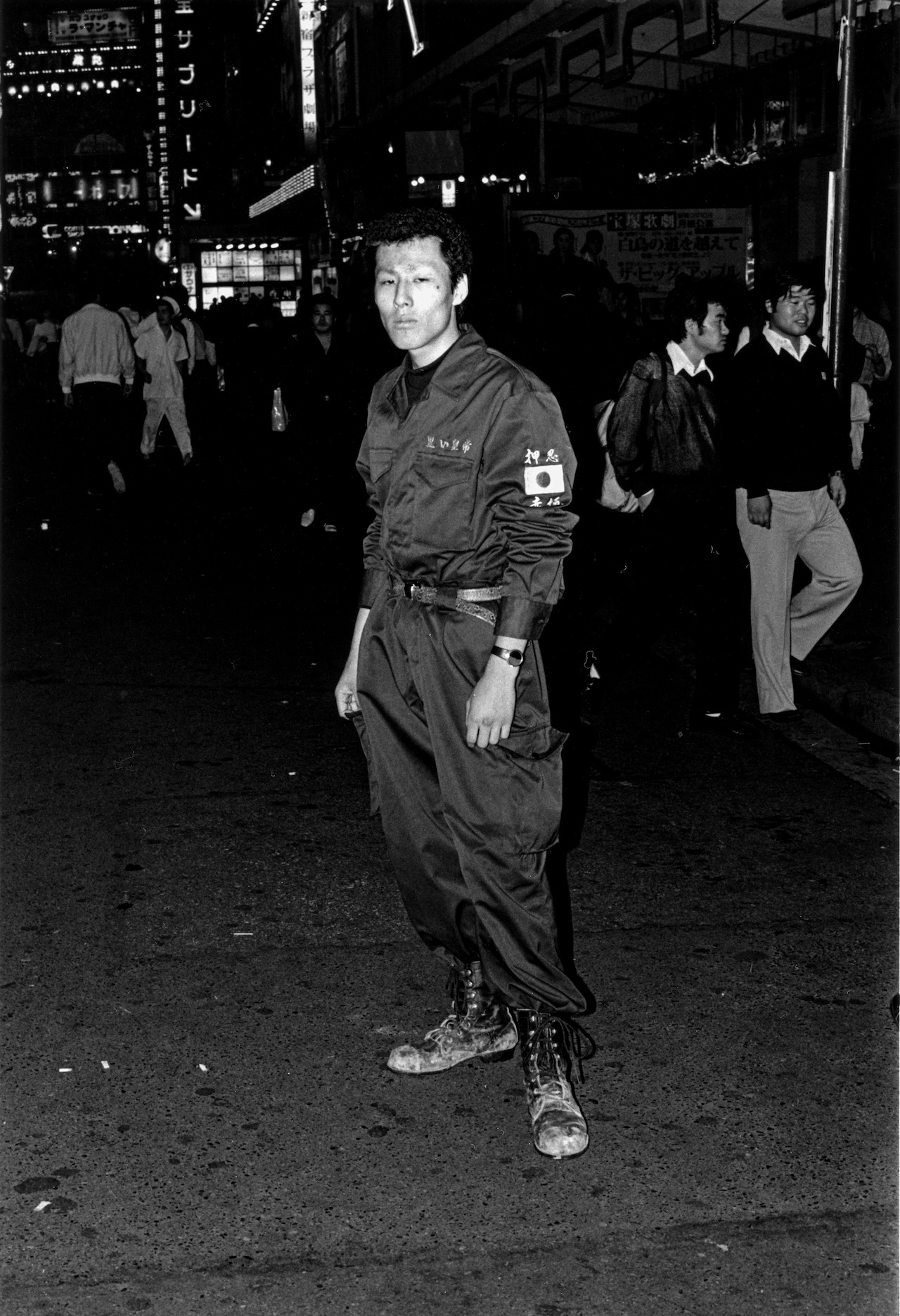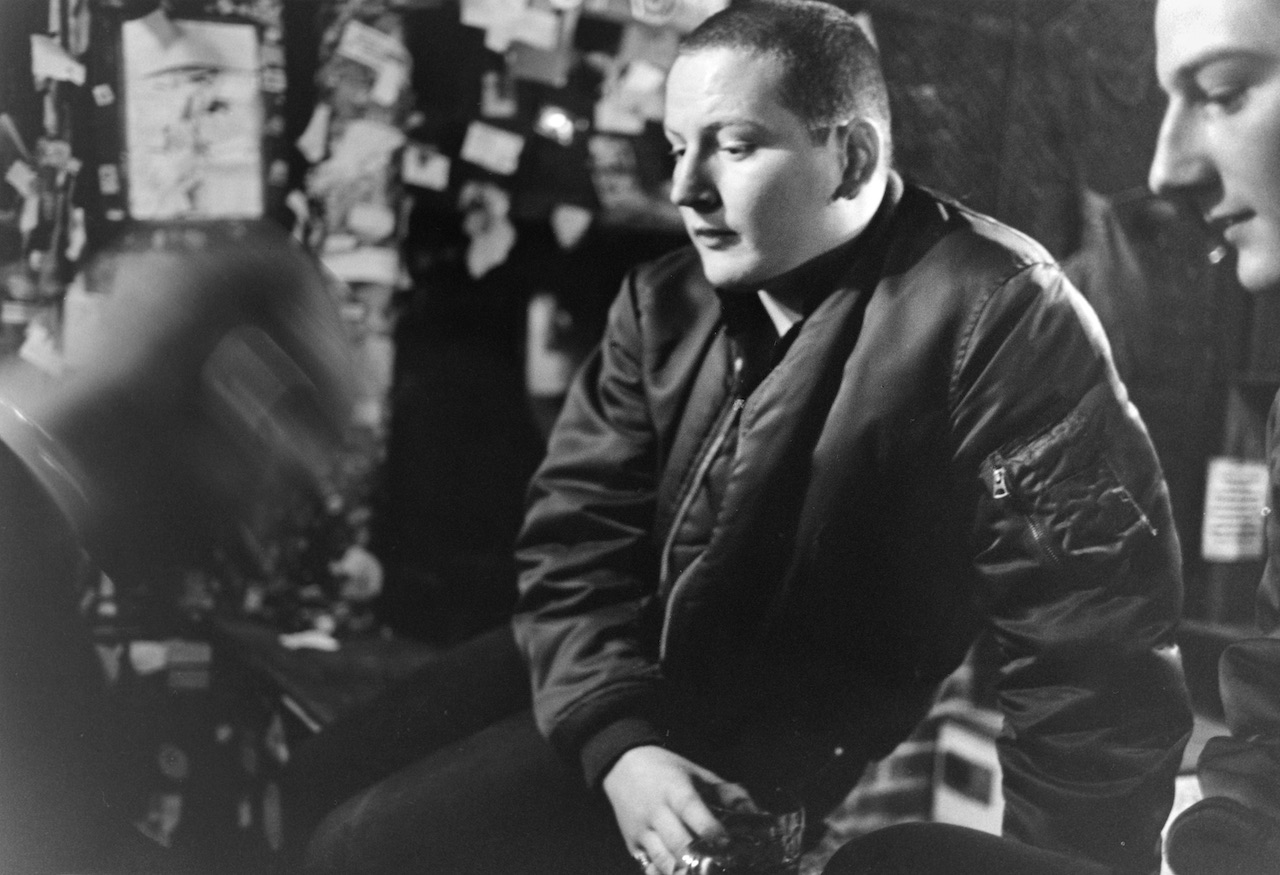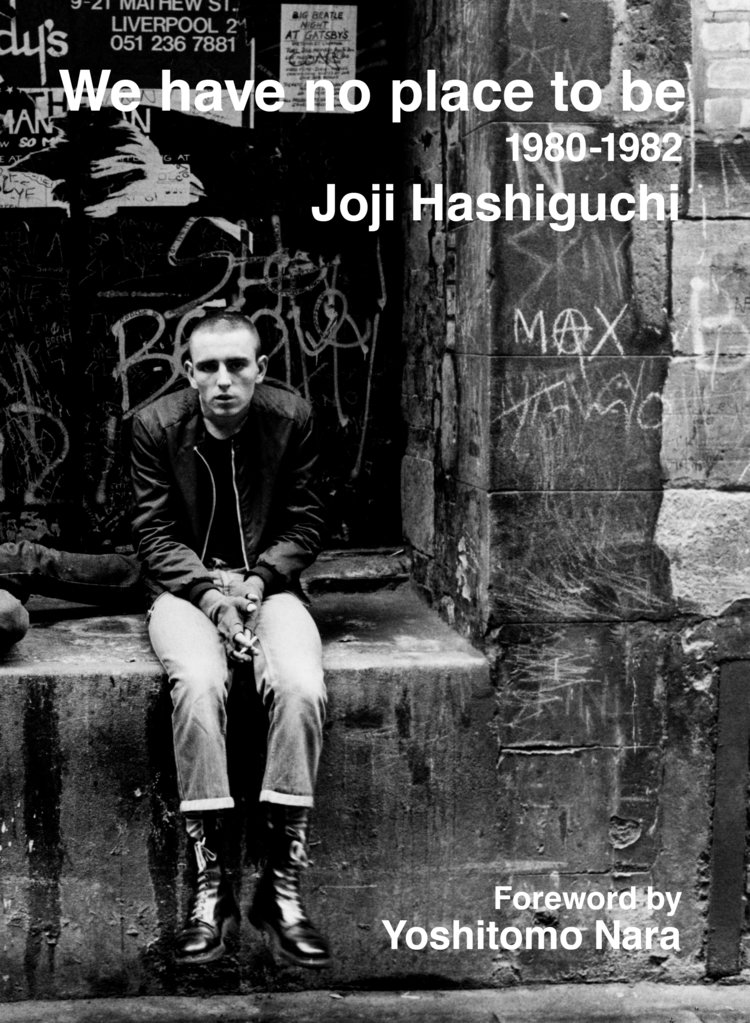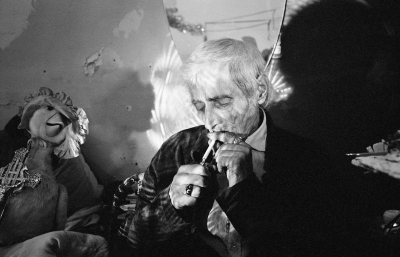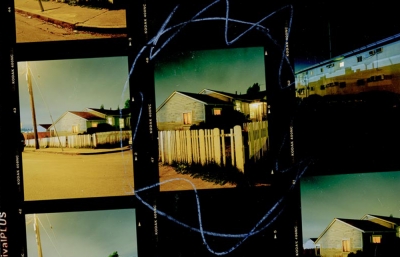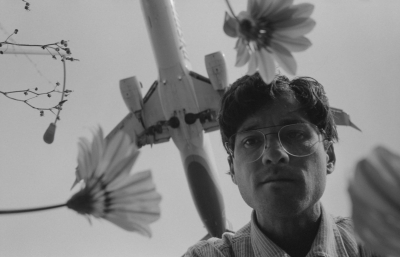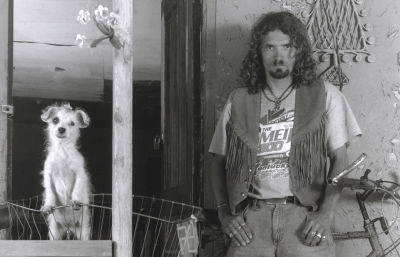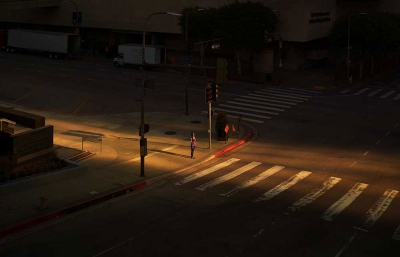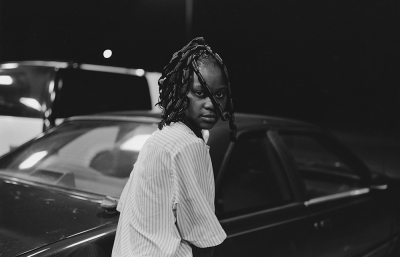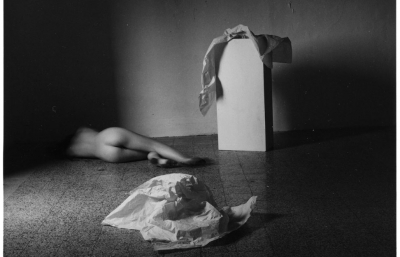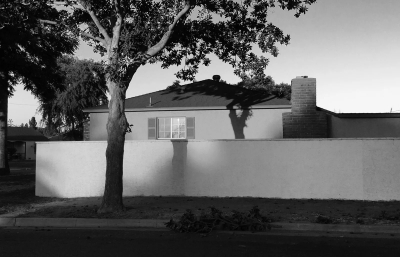In the early 1980s, Joji Hashiguchi began to document the pressures on young people in Japan with his debut work, "Shisen." Stifled by the mounting expectations posed by an increasingly competitive educational system and home life, these youths sought their own identities on the streets of Tokyo—a wandering tribe desperate for self-expression, repelled by a society that demanded academic and cultural rigor with the goal of solid stability and high social stature.
Turning his lens onto the global stage, Hashiguchi traveled through Liverpool, London, Nuremberg, West Berlin, and New York in a quest to further chronicle communities of disenfranchised youths. In these five cities, Hashiguchi witnessed the complex cocktail of self-destructive discord lurking beneath the superficial excesses of city life. Revealing the entrenched drug addiction, racism, anti-immigrant sentiment, unemployment, and poverty that pervaded urban centers then, as now, Hashiguchi’s photos challenge the viewer to reexamine what has been lost in the quest for success.
The complexities of youth have served as a captivating theme throughout the annals of photographic history. Photographers such as Danny Lyon, Bruce Davidson and Larry Clark made masterpieces with their investigations into the subcultures of renegade bikers, street gangs, and rebellious adolescents teetering on the dramatic cusp of adulthood. However, Hashiguchi is distinguished by a uniquely unwavering dedication to his theme. The sheer breadth of his travels in Tokyo and the West alike, coupled with a rapt intensity for documenting the “troubled youth” of the 1980s, evinces a scale and specificity rarely attempted, and arguably, unrivalled.
Since its initial publication in 1982, We Have No Place to Be has influenced generations of artists and photographers in Japan. Session Press has just released a new and expanded edition of the seminal photobook. It is available in the U.S. from Dashwood Books.

